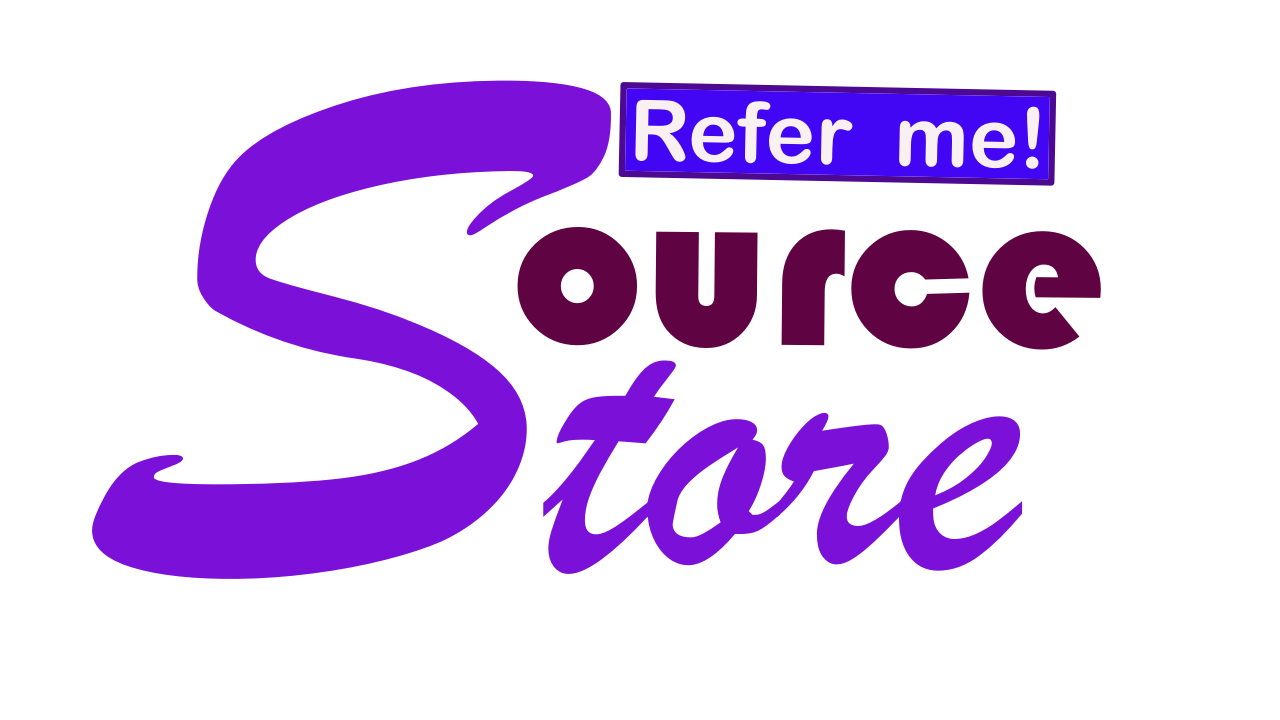What is AI?
AI stands for artificial intelligence, which refers to the simulation of human intelligence in machines that are programmed to perform tasks that would typically require human intelligence to accomplish.
AI can be used to perform a variety of tasks such as speech recognition, image and object recognition, natural language processing, decision-making, and much more.
AI is often implemented using machine learning algorithms, which enable machines to learn from data and improve their performance over time. Deep learning is a specific type of machine learning that uses artificial neural networks to enable machines to learn and make decisions based on large amounts of data.
AI has many potential benefits, including improving efficiency, accuracy, and productivity in many industries, such as healthcare, finance, manufacturing, and transportation. AI can also help to automate tedious and repetitive tasks, allowing people to focus on more creative and strategic tasks.
However, AI also raises concerns about job displacement, privacy, bias, and ethics. As such, it's important to carefully consider the potential benefits and risks of AI and to develop strategies to ensure that its development and implementation are ethical, responsible, and beneficial for society as a whole.
There are many AI programs available that can provide various advantages depending on their application. Here are some examples:
- Chatbots - Chatbots are AI programs that can simulate conversations with human users. They can be used to provide customer support, answer common questions, and even make reservations or purchases.
- Recommendation systems - Recommendation systems are used to suggest products or content based on a user's past behavior or preferences. They can be found on e-commerce websites, music streaming platforms, and more.
- Image recognition - AI programs that can recognize and classify images can be used for a variety of purposes, such as detecting fraud in financial transactions or identifying objects in medical imaging.
- Speech recognition - Speech recognition technology can be used to transcribe audio or video content, provide voice commands for digital assistants, and even help people with disabilities communicate.
- Natural language processing (NLP) - NLP algorithms can be used to analyze and understand human language. They can be used for sentiment analysis, language translation, and more.
- Predictive analytics - Predictive analytics involves using AI algorithms to analyze data and make predictions about future events or behaviors. This can be used for a variety of purposes, such as predicting customer churn or identifying fraud.
- Autonomous vehicles - Autonomous vehicles use AI to navigate and make decisions on the road. They have the potential to reduce accidents and improve transportation efficiency.
- Fraud detection - AI algorithms can be used to detect fraudulent transactions or activities, which can help prevent financial losses.
- Personalized marketing - AI can be used to analyze customer data and create personalized marketing campaigns. This can improve customer engagement and increase sales.
- Medical diagnosis - AI can be used to analyze medical images or patient data to assist in medical diagnosis. This can help improve the accuracy of diagnoses and treatment recommendations.
To use these AI programs, you typically need to have access to the necessary data and infrastructure. For example, to use predictive analytics, you need to have access to historical data and a system to run the algorithms. To use autonomous vehicles, you need to have the necessary sensors and infrastructure to support self-driving cars. The specific requirements will depend on the program you're using and the application you have in mind.
To use these AI programs, you typically need to integrate them into your existing technology stack. For example, you might use a chatbot API to integrate a chatbot into your website, or use an image recognition API to analyze images uploaded by users. The specific integration process will depend on the program you're using and the technology stack you have in place.
